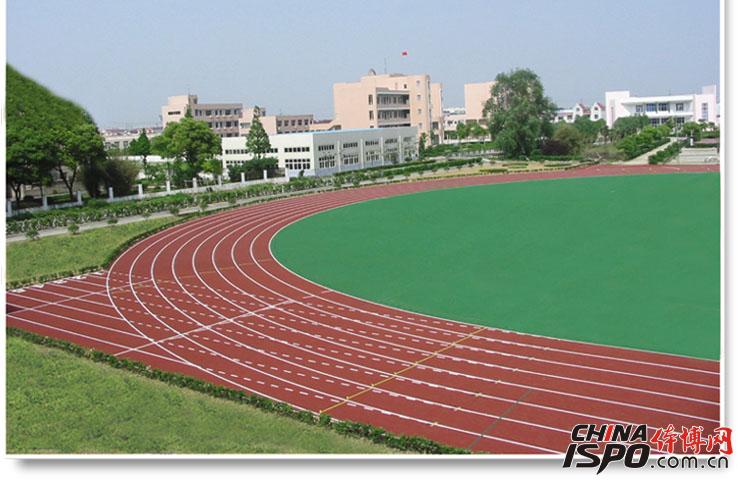Selecting the grassland land plastic runway at the running site has its own advantages and disadvantages
Grassland
Running on grass offers a softer surface that reduces stress on your body and helps strengthen the coordination muscles in your joints and legs. Unlike a plastic track, you don't have to constantly adjust your direction or worry about turning. However, if the grass is uneven with holes or bumps, it can increase the risk of ankle sprains. Plus, running on wet grass isn’t very comfortable. Finding the perfect grassy area for training can also be challenging.

Plastic Track
A plastic track is often the best choice for most runners. It provides a balanced level of softness and firmness, making it comfortable and less stressful on your body. You don’t have to worry about avoiding cars or other obstacles, and it’s easy to measure your distance by counting laps. However, one downside is that you usually run counterclockwise for long periods, which may lead to imbalanced leg strength over time. Additionally, many tracks are located on playgrounds, and running around them for extended periods can become monotonous.
If you're overweight, a plastic track is a good option for protecting your knees during runs.
3. Treadmill
A treadmill offers a surface that's roughly between a plastic track and asphalt in terms of hardness. It minimizes external distractions, allowing you to focus entirely on your run. If you get bored, you can even watch TV while running. Treadmills are also great when the weather is bad or the air quality is poor. However, there's a difference between running 5 km on a treadmill and 5 km outdoors. The feel of the treadmill's cushioning and belt is different from running on real roads, and your legs may not get the same push and support as they would outside. So, if you regularly use a treadmill, it's a good idea to occasionally run outdoors to keep your training balanced.
4. Asphalt Road
Asphalt roads are typically the next step in your running journey. Moving from a plastic track to an asphalt road requires some adaptation. The surface is harder and has more friction, which can make running feel more demanding. Most middle- and long-distance races take place on asphalt, offering a realistic simulation of race conditions. Running on asphalt is also less boring, as you can enjoy the changing scenery along the way.
However, the hard surface can increase pressure and fatigue if you run too much or maintain poor form. Many asphalt roads are slightly sloped for drainage, which might affect your posture. To avoid this, plan your route in advance and try to run loops. Always be mindful of traffic rules—slow down before red lights and never stop suddenly, as this can be hard on your knees.
5. Outskirts or Wilderness
Running in the wilderness or on the outskirts offers a natural surface that is neither too soft nor too hard. It avoids soft depressions and doesn’t cause excessive impact on your body, making it a great option for a natural running experience. You can enjoy the beauty of nature and the peace that comes with it.
However, in many regions, running in the wild is not recommended, especially for women. If you do choose to run in remote areas, always inform someone of your plans, carry a phone, and have a personal information card with your contact details, blood type, allergies, and other important info. Also, bring some cash in case of emergencies. Stay alert to your surroundings at all times to stay safe.
6. Cement Road
Cement roads are extremely hard and can put a lot of strain on your knees. They are generally not recommended for regular running due to the high impact they create on your joints.
Hot Melt Adhesive,Eva Hot Melt Adhesives,Hot Melt Adhesive Middle Temperature,Pur Hot Melt Adhesive
Jiangxi Cuckoo New Material Co.,Ltd , https://www.jxcuckoo.com